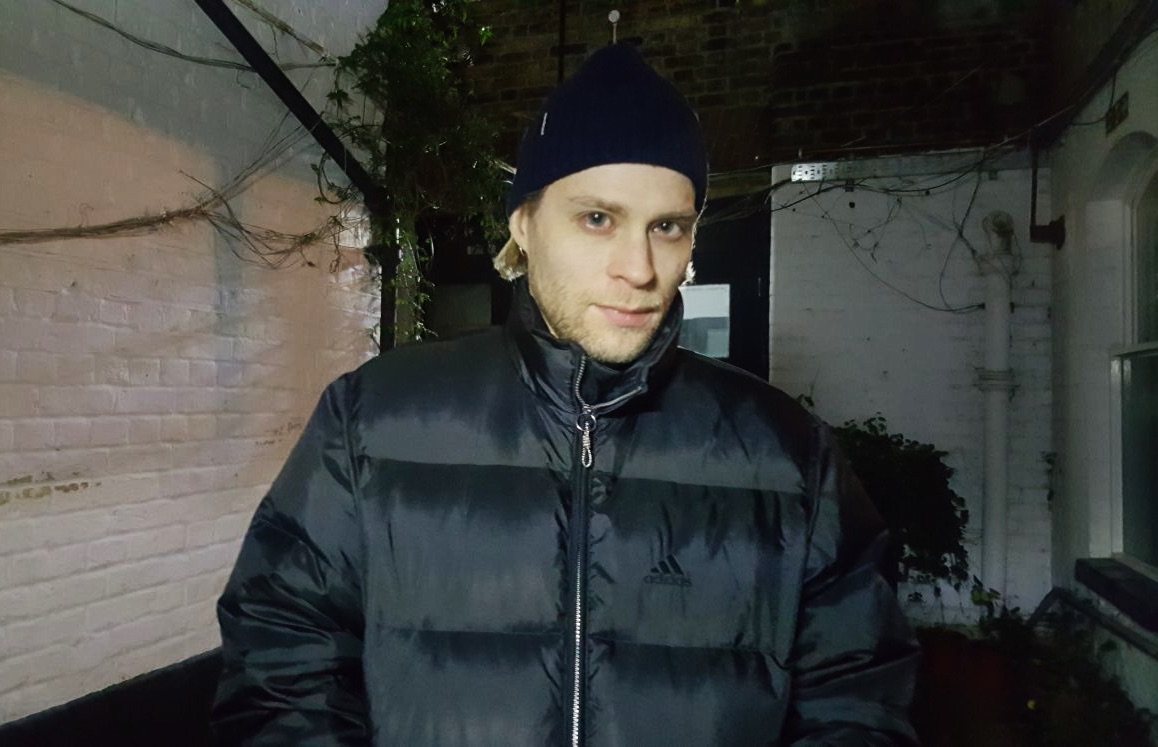
Interview with They Are Here
A series of interviews with SPACE Art + Technology artists in residence
What were you doing in the year leading up to the residency?
The preceding year 2017 was one of our most intense since we formed as They Are Here in 2006. We devised a Swedish edition of the performance work The People Behind The Financial System at Konsthall C, which was first staged at the Southbank Centre in 2016. The piece involved inviting representatives from different areas of the financial system: from bankers, to note engravers and economists to engage in a series of discussions with the wider public over a two hour period. This work draws together a two year enquiry into the economic and financial systems of the Global North; including the potential of financial instruments in conceptual art practice. If The People Behind The Financial System opened up discussions with the most privileged actants, then Precarity Centre: SW4 7JR, an experiment in social space at Studio Voltaire in August 2017 - directly addressed the ‘precariat’, those living through the collateral damage and structural violence of late capitalism. In Winter 2017, we also realised 40 Temps, 8 Days at Tate Modern. This performance involved us employing five temps a day for eight days to do activities they would usually do in their spare time, including video-gaming, browsing the internet and listening to music. Temp work, which we’ve both done in the past, explicitly manifests the gig economy and questions how time is valued. These recent enquiries guided our HereNow residency.
What are you working on at the moment?
During the HereNow residency at SPACE, we focused our thinking around time and Neoliberalism, especially while immersed in a fast-paced city like London, which nurtures and feeds an ‘on demand’ culture. Touchstones have included sociologist Judy Wajcman’sPressed for Time: The Acceleration of Life in Digital Capitalism (2015) and the experiments of Michel Siffre, a pioneer of biochronology.
We worked with a programmer and engineer to build a custom-made digital clock from individually sourced components. During the HereNow Showcase exhibition, the device ran on a 25-hour time cycle rather than 24. At 23:59, its digits changed to 24:00 then 24:01, until at 24:59, it returned to 00.00 and a new cycle began. The clock was switched on to coincide with the opening, so initially ‘in time’ with other clocks until midnight GMT, becoming one more hour out of sync for every day of the exhibition.
We continue to maintain Ayandeh Garden, a community green space we co-founded in Finsbury Park in 2016 with young adult refugees and asylum-seekers. The unhurried growth of plants is a brilliant counterpoint to the digital rush.
Looking towards 2019, we will continue our research and a series of projects that explore connections between Neoliberalism, precarity, digitalisation, economics and time. To this end, we hope to develop the prototype 25-hour clock and make this the central node of a durational performance in which we live according to a 25-hour time cycle for 25 days. Over this period, we would invite the wider public to spend this additional conceptual hour in our company and to interrogate their own notions of time.
How did you find the residency?
It was great to have access to the shared studio space on Mare Street with the other residency artists. Ideas were exchanged that might never have happened otherwise. SPACE itself has a special history in pioneering creative work spaces for artists in the city, so it was great to be part of the 50th anniversary celebration too.
What’s coming next?
Our project Laughing Matter will be open at Studio Voltaire from 24 May - 10 June 2018 and feature a new live performance work ROUTINE, co-commissioned with Block Universe.
Anything you’d like to add?
Just some music recommendations. . . Mx World and Jerusalem in My Heart.
Interview with Max Colson

Interview with Millicent Hawk

Interview with Paul Wiersbinski

Interview with Otto Byström

Interview with Thomas Yeomans

Interview with Diann Bauer

Interview with Ilona Sagar

Interview with Gary Zhang


